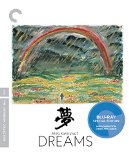| Reviews & Columns |
|
Reviews DVD TV on DVD Blu-ray 4K UHD International DVDs In Theaters Reviews by Studio Video Games Features Collector Series DVDs Easter Egg Database Interviews DVD Talk Radio Feature Articles Columns Anime Talk DVD Savant Horror DVDs The M.O.D. Squad Art House HD Talk Silent DVD
|
DVD Talk Forum |
|
|
| Resources |
|
DVD Price Search Customer Service #'s RCE Info Links |
|
Columns
|
|
|
Akira Kurosawa's Dreams: Criterion Collection
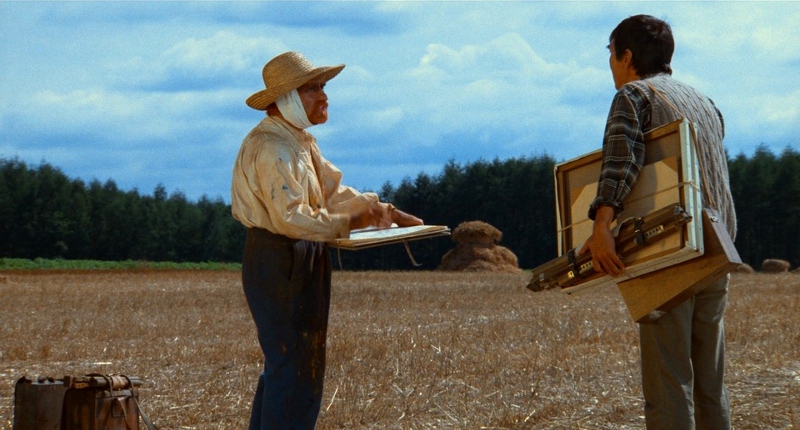 Akira Kurosawa's Dreams (1990) began a late-career burst for the once-prolific Japanese director; before its unlikely release, he'd made only four films since Red Beard (1965), his final black-and-white production and last collaboration with leading man Toshiro Mifune. The director's colorful and sporadic output since 1970---Dodes'ka-den, Dersu Uzala, Kagemusha, and Ran, all released in five-year intervals after Red Beard---remain some of his most memorable efforts, but Dreams is perhaps the most atypical example of what might be considered "a typical Kurosawa film". Financed and distributed by Warner Bros. and co-produced by Steven Spielberg (with special effects from George Lucas' Industrial Light & Magic just for good measure), this colorful and imaginative visual poem lacks the action, irony, and Western appeal of more accessible films like Seven Samurai or Yojimbo. Of course, that's only half of what makes Dreams such an interesting part of Kurosawa's filmography. Completed just a few months before the director's 80th birthday, this 120-minute film is comprised of eight different vignettes ("Sunshine Through The Rain", "The Peach Orchard", "The Blizzard", "The Tunnel", "Crows", "Mount Fuji in Red", "The Weeping Demon", and "Village of the Watermills") that represent particular or recurring dreams during his lifetime. It's not surprising, then, that a great deal of this material is somewhat autobiographical: not only were locations and landscapes from Kurosawa's earlier years replicated or returned to, but main character "I" (played by Mitsunori Isaki as a child and Akira Terao as an adult) is quite literally a stand-in for the director himself. So also are many of the film's most prominent and recurring themes: social and class issues, artistic creativity, exploring the unknown, dealing with regret, the threat of nuclear disaster, living in harmony with nature, and others. Through Dreams' unconventional series of vignettes, the unique and varied visuals are ultimately what tie the package together. Kurosawa often painted his storyboards in his later years, often resulting in a substantially more stylish finished product; it's a unique step in the development process that, in this case, seems to have paid dividends. From the painterly touches of "Crows" (in which "I" meets an English-speaking Vincent Van Gogh, portrayed by Martin Scorsese) to the nightmarish "Mount Fuji in Red" and "The Weeping Demon" (a nuclear meltdown reduces Japan to a post-apocalyptic wasteland), there's a spectacular amount of varied details, palettes, and textures that ensure each of these eight dreams are different from one another. Long before that, in earlier vignettes like "The Peach Orchard" and "The Blizzard", vastly different landscapes and weather conditions create equally strong contrasts. As "I" travels through these memories, he occasionally gets involved but sometimes just observes, finally coming to terms with his life during the reassuring final dream, "Village of the Watermills", where he speaks with a wise old man (Chishu Ryu, Yasujiro Ozu's longtime leading man) about the modern world and all its trappings. As a whole, Dreams is an effective exercise in visual creativity that's held up perfectly well during the past 26 years. Though Rhapsody in August (1991) and Madadayo (1993) directly followed this 1990 production, in many ways Dreams feels like a more appropriate send-off for the celebrated director who died eight years after its release. Warner Bros.' 2003 DVD had the benefit of a good A/V presentation but no extras, and Criterion's new Blu-ray beats it in every category by a landslide: featuring a top-tier restoration, lossless audio, and a host of largely new-to-disc supplements, it's top-tier treatment for a deserving film and one of the studio's best releases of 2016.
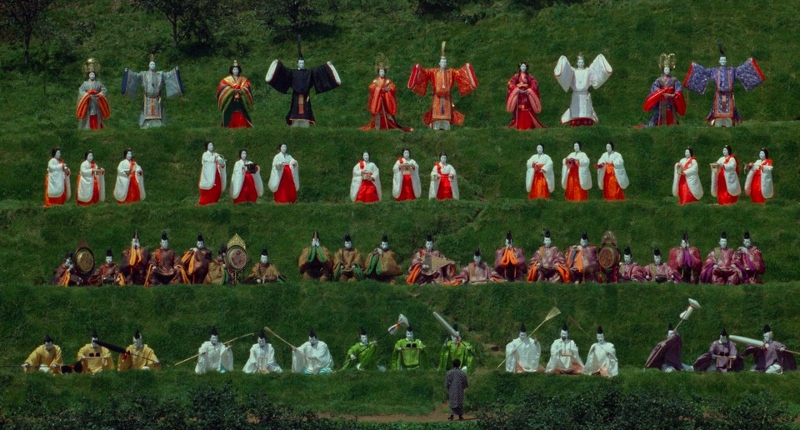
Presented in its original 1.85:1 aspect ratio, this 1080p transfer of Dreams stems from a restored 4K digital transfer supervised by cinematographer Shoji Ueda. Not surprisingly, this represents a massive upgrade over Warner Bros.' respectable 2003 DVD: fine detail, grain, and textures are consistently strong, black levels are deep, and the film's extremely vivid color palette has never looked better. Overall, Dreams is the kind of film where every dollar of its budget looks to be right up there on-screen; aside from some rather dodgy effects and soft murkiness during "Mount Fuji in Red" (the latter is very brief and likely source-related), Dreams looks like it could have been shot during the last five years and Criterion's transfer supports every one of its visual strengths. Overall, I can't imagine die-hard fans or curious newcomers being anything less than thrilled with how great this Blu-ray looks.
Not surprisingly, Criterion's Blu-ray plays it straight with a PCM 2.0 Stereo Surround track that preserves the film's two-channel roots. Dreams' audio is obviously less showy than the visuals but still has moments of tremendous depth and ambition, especially during "The Tunnel" and "Mount Fuji in Red", or any time Shinichiro Ikebe's music kicks in. There's also a strong amount of low end, terrific channel separation, and a few subtle but specific uses of rear channel activity along the way. Overall, it's an extremely crisp and well-defined effort that, on several occasions, may even trick you into thinking it's a full-fledged 5.1 mix. Optional English subtitles have been included during the main feature and extras for translation purposes only, which is irritating as not all the dialogue is in Japanese.
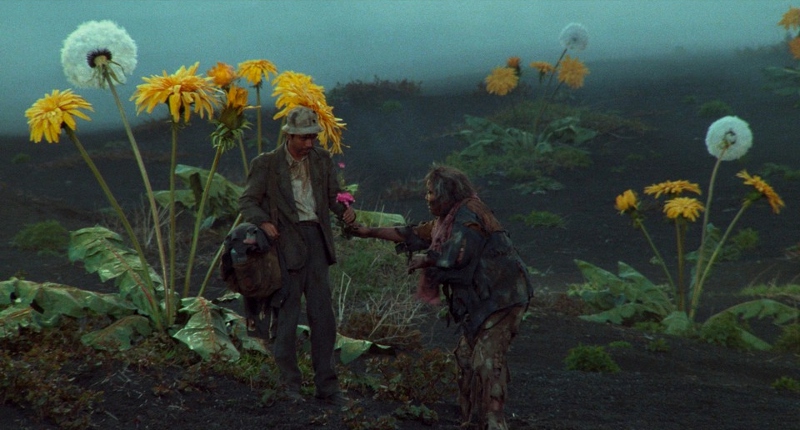
Also here is "Making of Dreams" (151 minutes), a 1990 on-set documentary directed by Nobuhiko Obayashi (House). This is far removed from your typical behind-the-scenes piece: there's no clear narrative as much of the footage is shot vérité style (and on videotape, which gives it a rough and ragged appearance), but there's some great footage hiding here. It's a bit daunting and probably best-digested in two or three settings, yet this document of the film's 1989 shooting is invaluable and fans will enjoy digging through it. Again, there's no clear path to Obayashi's non-linear footage, but several of the chapter titles include "Memory and Creation", "Seeing and Representation", "Van Gogh", "Bravery and Temptation", "Child and Man", "Individual and Mass", "Genius and Effort", "A 16-Minute Take", "Image and Communication", "Controlled Chaos on Mount Fuji", and "Kurosawa Reflects".
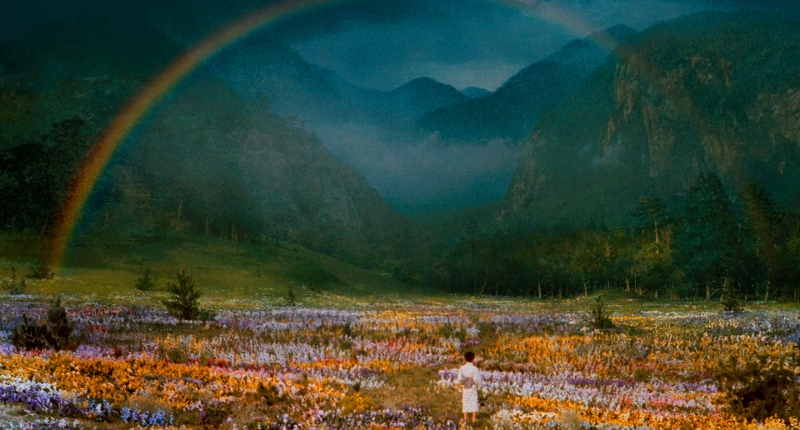 Next up is "Kurosawa's Way" (52:10), a 2011 French production directed by Kurosawa's longtime translator Catherine Cadou. Featuring interviews with eleven major filmmakers including Bernardo Bertolucci, Alejandro G. Inarritu, Martin Scorsese, Hayao Miyazaki, Clint Eastwood, Joon-ho Bong, and Abbas Kiarostami, the participants speak about how Kurosawa's films have influenced their own work; not surprisingly, most of them are humble about the comparison. Scorsese also speaks briefly about being approached to act in the film and his experiences on set. We also get two brand new Interviews with members of the crew. Production manager Teruyo Nogami (17:23), who served as Kurosawa's script supervisor for more than 40 years, shares a handful of interesting stories about working with the director (often times in the editing room) and the difficulty of bringing Dreams to life. Assistant director Takashi Koizumi (16:03), who collaborated with Kurosawa on his last five films, speaks about his early work with the director, reading early scripts and screenplays for Dreams, their different creative processes, and more. Last and kind of least is the film's domestic Trailer (1:47), which emphasizes Kurosawa's influence on several major American directors and his legacy of winning awards...while showing about 50 seconds of the film.
Is Akira Kurosawa's Dreams the director's greatest film? No, but it's his last great one...and it's also one of his least conventional from top to bottom. Lacking the action, irony, and Western appeal present in most of the director's work, this American-financed production is more of a visual poem than a tightly-structured narrative piece. But the "visual" can't be emphasized enough: Dreams is bursting with color and imagination, the kind of film where almost every dollar of its budget has made it to the screen. Divided into eight literal dreams that gradually form a cohesive and semi-autobiographical story, some segments are more impressive than others but the best rank alongside Kurosawa's greatest efforts. Criterion's welcome Blu-ray package gives Dreams the treatment it deserves, pairing a jaw-dropping A/V presentation with a generous handful of new and vintage supplements. It's one of their best discs of the year and, without a doubt, worthy of our highest recommendation: DVD Talk Collector's Series.
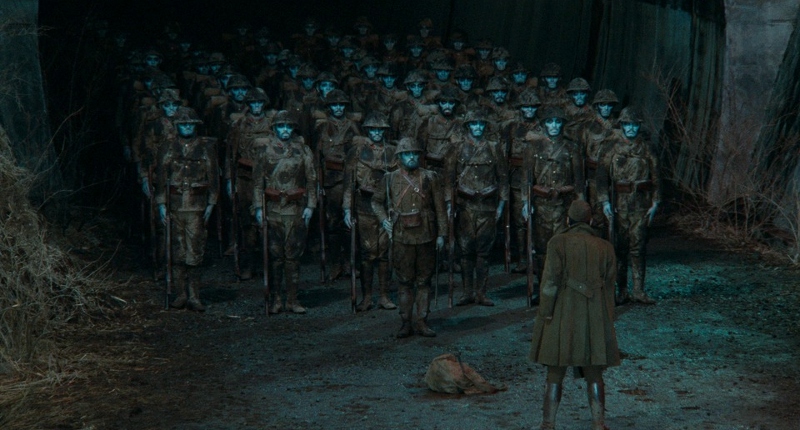 |
|
| Popular Reviews |
| Sponsored Links |
|
|
| Sponsored Links |
|
|
| Release List | Reviews | Shop | Newsletter | Forum | DVD Giveaways | Blu-Ray | Advertise |
|
Copyright 2024 DVDTalk.com All Rights Reserved. Legal Info, Privacy Policy, Terms of Use,
Manage Preferences,
Your Privacy Choices | |||||||









